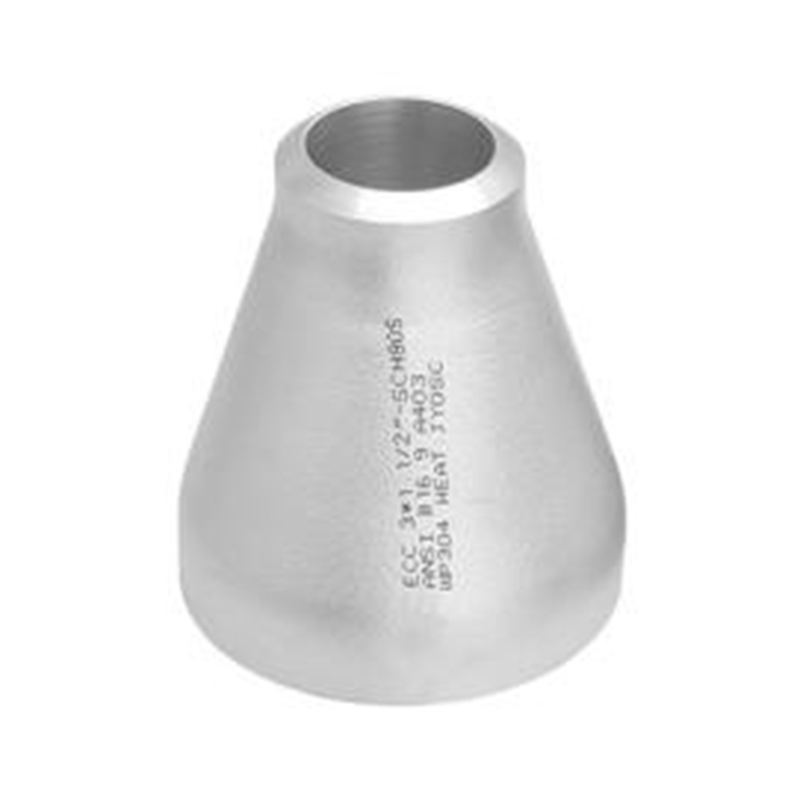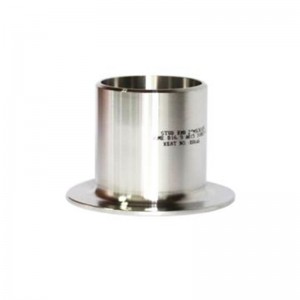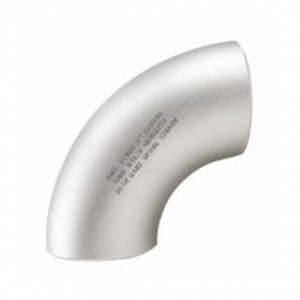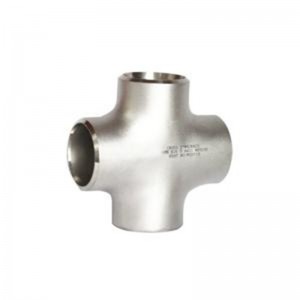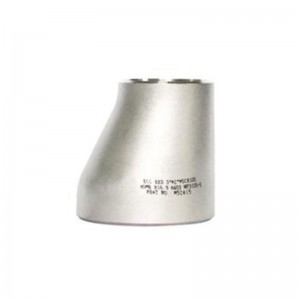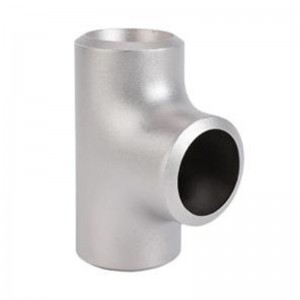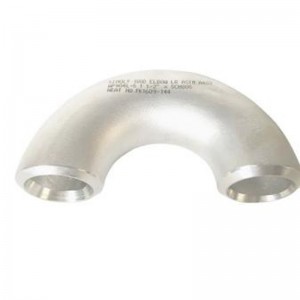A pipe connection having different diameters at both ends of the pipe is called a stainless steel butt welded reducer. It is employed in the pipeline system to link two pipes of various sizes. An explanation of the stainless steel butt welding reducer's introduction, manufacturing process, materials, specifications, standard, method of installation, and usage may be found below.
Introduction: Stainless steel is used to make butt welding reducers because it resists corrosion and withstands high temperatures and pressures. It serves as a connecting component in the processing and installation of pipelines and can be used to join two components of different sizes.
Production procedure: Cold drawing, forging, and casting are typically used in the manufacture of stainless steel butt welded reducers. The most widely utilized method among them, which can enhance the reducer's precision and surface quality, is cold drawing.
Material: Stainless steel butt welding reducers are typically made of stainless steel grades 304, 316, and 321. Depending on the material's properties and use environment, many material options might be chosen.
Specifications and standards: Stainless steel butt welding reducer specifications and standards are often developed in accordance with client requirements and international standards. Standards like ANSI B16.9 and ASME B16.11 are frequently used. Customization of the specs is possible based on factors such pipe diameter, wall thickness, and length.
Installation strategy The stainless steel butt welding reducer can be installed using a welded connection, threaded connection, or clamp connection. The most widely employed technique among them is welding connection.
Uses: Stainless steel butt welding reducers are frequently found in pipeline systems for the food, chemical, pharmaceutical, and petroleum sectors. In order to achieve the effect of a pipeline connection, they are used to link components with varied wall thicknesses and diameters. Reducers are used extensively, especially in the chemical pipeline system, and they might be crucial for pipeline connection, diversion, and confluence.
1.NPS:DN15-DN3000, 1/2"-120"
2.Thickness Rating:SCH5-SCHXXS
3.Standard: EN, DIN, JIS, GOST, BS, GB
4.Material:
①Stainless Steel: 31254, 904/L, 347/H, 317/L, 310S, 309, 316Ti, 321/H, 304/L, 304H, 316/L, 316H
②DP Steel: UNS S31803, S32205, S32750, S32760
③Alloy steel: N04400, N08800, N08810, N08811, N08825, N08020, N08031, N06600, N06625, N08926, N08031, N10276







